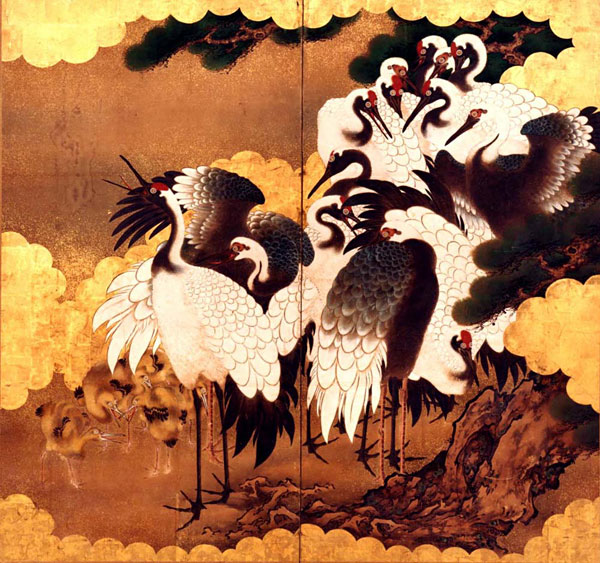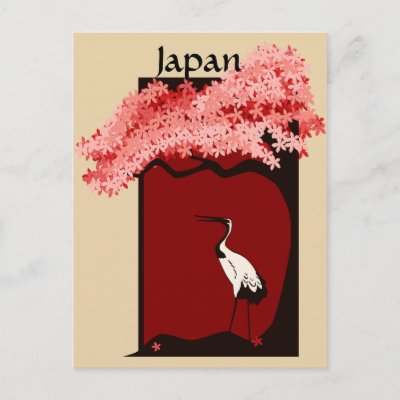Also known as the Red-crowned crane or Manchurian Crane, the crane represented luck, longevity and fidelity in East Asia. In Japan, this crane, known as tancho(丹頂, origins in China), is said to live 1000 years. A pair of Red-crowned Cranes were used in the design for the Series D 1000 yen note. In the Ainu language, the Red-crowned Crane is known as sarurun kamui or marsh kamui.
August 6, 2006, marks the sixty-first
 anniversary of the atomic bombing of Hiroshima, Japan. Ten years after the bombing, a young Japanese girl called Sadako Sasaki died from leukemia caused by radiation from the blast. Before she died, however, Sadako folded almost a thousand origami paper cranes.
anniversary of the atomic bombing of Hiroshima, Japan. Ten years after the bombing, a young Japanese girl called Sadako Sasaki died from leukemia caused by radiation from the blast. Before she died, however, Sadako folded almost a thousand origami paper cranes.Sadako began her project because of a legend that said anyone who folded a thousand paper cranes would be granted a wish. She wished to healthy again so that she could run and play like before, and she pursued her goal with such determination that, although she died of her disease, she succeeded in transforming the paper crane into a symbol of peace for children all over the world.










http://sadakosasakifacts.com/
http://janmstore.com/tsuru.html
http://en.wikipedia.org/wiki/Thousand_origami_cranes










http://sadakosasakifacts.com/
http://janmstore.com/tsuru.html
http://en.wikipedia.org/wiki/Thousand_origami_cranes
No comments:
Post a Comment